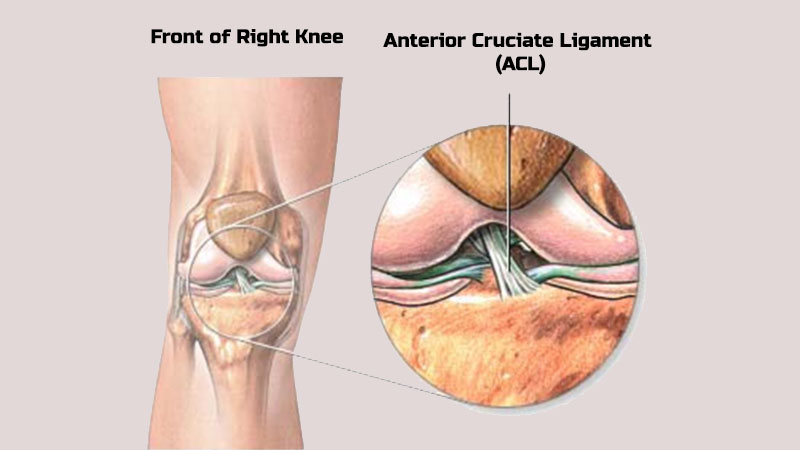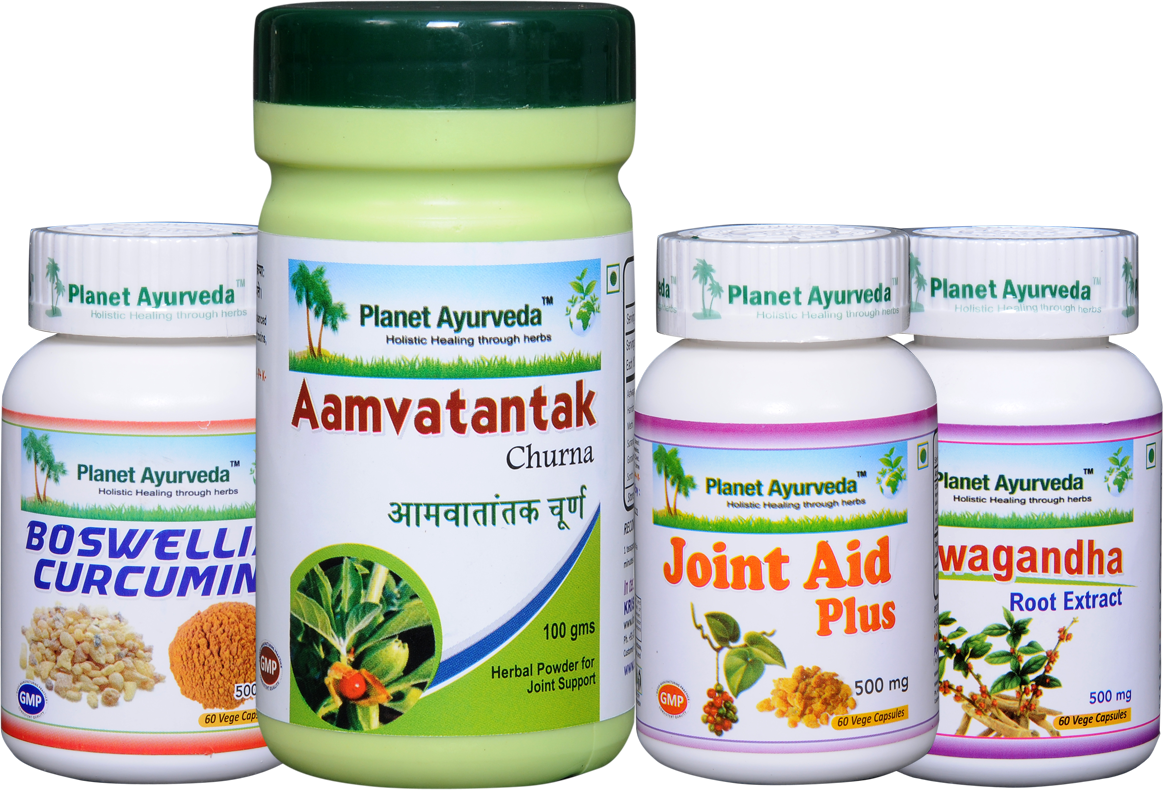Ayurvedic Ways to Control Diabetes at Home
Introduction
When the blood sugar level exceeds the normal limits, it is called Diabetes or Diabetes Mellitus. This may happen due to high blood sugar (Hyperglycemia) or loss of excessive sugar in the urine (Glycosuria). It is a condition that hinder’s the body’s ability to respond to insulin, leading to abnormal metabolism of carbohydrate and thus spiking up the sugar levels. Our lifestyle and unhealthy food choices are the primary cause of diabetes.
What is Diabetes
- Diabetes is called “Madhumehe or Maha Rog” in Ayurveda simply because if it is not treated on time, it can damage the entire body, including eyes, kidneys, sexual and urological organs and also lead to joint pains.

According To Ayurveda
- Ayurveda provides natural ways for diabetic patients to manage their blood sugar levels and avoid the onset of any major health complication. There are some steps one can take to ensure that blood sugar levels stay within range.
Turmeric
- The easiest way to keep diabetes under control is by increasing the intake of Turmeric in the diet. To regulate blood sugar levels, one may take a half spoon of ground bay leaf and half spoon of turmeric and mix them with aloe Vera gel or juice. This mixture should be taken two times a day, preferably before meals.
- Ayurveda recommends spices to be added in the diet. Spices like cumin seeds, mustard, curry leaves, coriander, pepper, asafetida, tulsi, ocimum and eugenol possess anti diabetic effect. One can sue them in meals, drinks or add to the salads in order to manage diabetes naturally.
Fenugreek Seeds (Methidana)
- It is highly recommended to consume “Methidana” in sprouted form or drink Fenugreek water on an empty stomach, to keep blood sugar levels in the normal range.
- Fenugreek seeds have a little bitter taste if taken raw, but when sprouted, they taste pungently sweet, so they can be added onto salads and other foods. The seeds may be slightly roasted to reduce its bitterness.
Natural Tips
Consuming bitter gourd juice, aloe Vera juice, amla juice is highly beneficial for diabetic patients. It is advised to take two spoons of bitter gourd (kerela) juice once daily or mix a spoon of amla (Indian Gooseberry) to a spoon of Bitter Gourd Juice and take it twice daily.
Bitter Gourd Juice
- Bitter Gourd should be taken as a dish/meal once a week. It influences the glucose metabolism, increases pancreatic insulin secretion and prevents insulin resistance.
Aloe Vera
- Aloe Vera may be combined with buttermilk to help control sugar levels.
Cinnamon
- Cinnamon is a miraculous herb in preventing and fighting diabetes. It has the ability of lowering blood sugar levels naturally.
How to Make
- One may simply boil some cinnamon sticks in water for 20 minutes and drink the solution daily. You can also add a spoon of cinnamon powder in warm water and drink it daily. Cinnamon can be sprinkled on foods for added flavor.
Ginger Tea
- Ginger tea is a good solution to any kind of digestive problem. It stimulates digestion and helps in reducing Kaph in the body.
Raw Garlic Cloves
- Consuming raw garlic cloves helps in regulating blood glucose and potentially stops or lowers the effects of some diabetes complications. Garlic should be taken under medical supervision only and not in excess. Garlic helps in improving cholesterol and triglyceride levels too.
Natural Tips For Diabetic Patients
- Drinking water that has been put in a copper vessel overnight helps in balancing the three doshes and surely helps in preventing fluctuations in sugar levels.
- People with chronic diabetes should consume foods rich in Vitamin C like oranges, grapefruits, tomatoes, cranberry, black raspberries, blueberries, kiwis and amla. Vitamin C helps in improving blood usage levels significantly.
- Ayurvedic recommends consumption of nuts like almonds, pistachios, walnuts, raisins, and hazelnuts as these have beneficial effects on postprandial glycemic response and helps in improving insulin resistance. Light peanut butter is also recommended for diabetic patients.
- Unsalted seeds like flaxseeds, pumpkin seeds and sunflower seeds are good for controlling sugar levels. They are rich in omega 3 fatty acids, proteins and fiber. One may also take lotus or water lily seeds (cooked or raw).
- Ayurveda recommends “kapha pacifying diet” and include foods likesoybeans, split green gram beans, Bengal gram, Horse gram, white gram, coriander, cucumber. Chick peas, chana daal, moong daal, masoor daal, lentils, Ragi and corn are considered fine for diabetic patients. It is imperative to include more green and leafy vegetables, along with some bitter and healthy herbs.
- Fruits with low glycemic index are advised like apples, peaches, pears, bananas, guava, papaya, jackfruit, figs, datesetc.
- Low glycemic foods include bran cereals, oatmeal, parboiled rice, skimmed milk and dairy products from skimmed milk like low fat yogurt.
- All bitter vegetables are advised like kale, beet greens, dandelions, pointed gourd, cluster fig, Indian fig, bitter melon etc.
- Whole grains also effectively regulate the glycemic response, increase insulin sensitivity, improve pancreatic B cell functions and increase insulin secretion. According to Ayurveda, barley is the best grain for managing diabetes. Barley may be used in various ways like barley porridge, barley bread or chapatis etc.
Jamun
- Jamun is considered an excellent fruit to be consumed by diabetic patients on a daily basis. Jamun and its leaves both can be used.
Foods To Avoid In Diabetes
- It is important to watch what we are eating. There are some foods that negatively impact diabetes. It is recommended to avoid such foods like refined sugars, fried, oily foods, salty foods, red meat, alcohol, smoking, cow’s milk and curd from the diet completely.Sweet potatoes, potatoes, yams, should also be limited. Fruits like pineapples and mangoes should be taken in moderation.
Mustard Oil
- According to Ayurveda, mustard oil is best for diabetic patients. Other oils that could be used in moderation are olive oil, canola, soybean, sesame and sunflower oils. These can be used in moderation.
lifestyle Changes & Treatment
- Certain lifestyle changes are needed for faster recovery. These include moderate physical activity, avoid sleeping during the day.
- The Treatment recommended by Ayurvedic doctors aims at rejuvenating the body and not just balancing the sugar levels. Managing diabetes is tough, but is no ways impossible.




